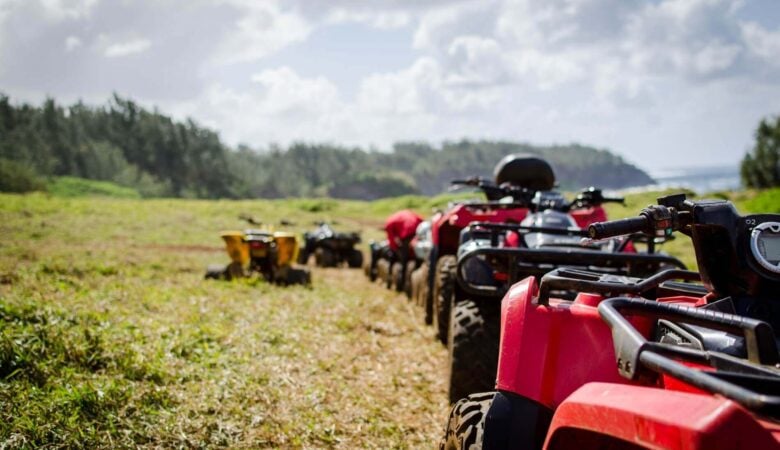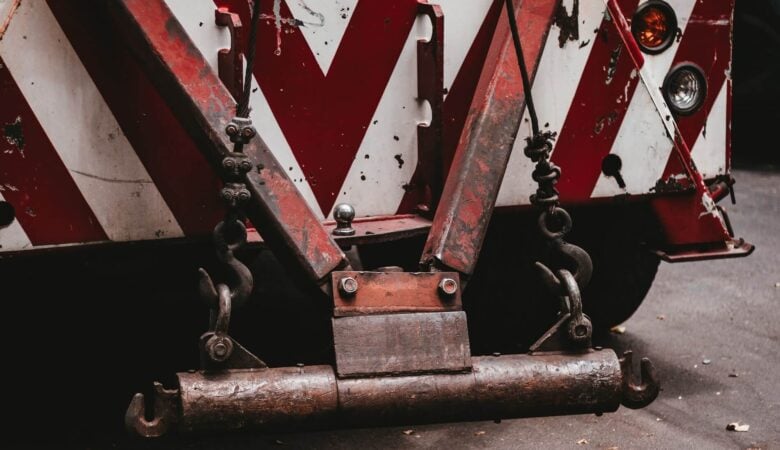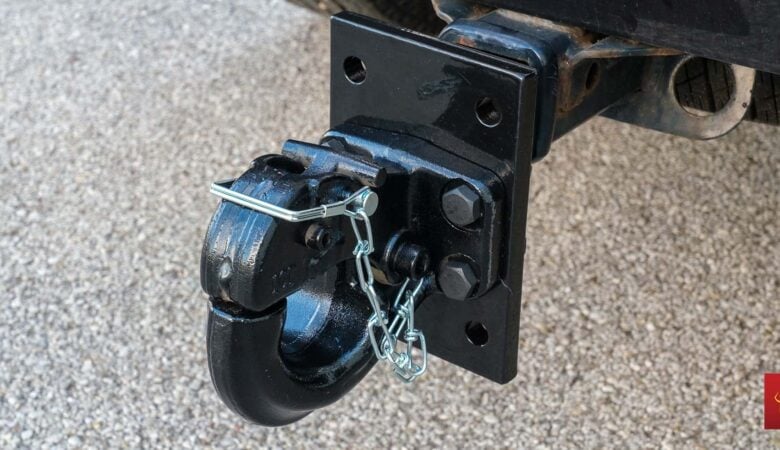America has a lot of unsung heroes who really don’t get the recognition due to them. Among them are tow truck operators who risk their lives every day to recover broken-down vehicles. We appreciate the efforts of these towing professionals, which is a primary reason for our decision to stock tow truck supplies including chains, hooks, winches, and towing straps.

This is the time of year when we start hearing some of the wildest and craziest stories from tow operators. The later we get in a year, the wilder and crazier those stories will become. You see, winter weather makes already dangerous conditions absolutely treacherous for roadside recoveries. Any tow truck operator who has worked a winter on snow and ice-covered roads can tell stories that would make your hair stand on end.
We say all of that to say this: it is absolutely vital for tow operators to make sure they have all the right equipment on board to safely recover broken-down vehicles. But it is also critically important that operators know how to use that equipment the right way. A little knowledge goes a long way toward both effective and fast vehicle recovery.
Get In, Hook Up, Get Out
It is obviously necessary for tow operators to properly secure recovered vehicles with chains and straps before departing. To that end, rushing through a recovery job is not a good idea. But at the same time, a tow operator wants to get in, hook up, and get out as quickly as possible. Lingering for too long is an open invitation to trouble.
Knowing how to use towing equipment the right way increases both safety and speed. In terms of safety, a properly secured vehicle is a lot less likely to break loose during transport. That should be obvious. But let us talk about the speed question. Remember that a tow operator doesn’t want to hang around on the side of the road for too long.
If you have seen a professional lumberjack competition, you will notice that the men and women competing for the top prize can hack through a log in mere minutes. They are fast and efficient because they know how to use their tools. The same principle applies to operating a tow truck.
A tow operator who knows how to use his or her equipment can, and should, practice doing so. It should become second nature so that, on any given recovery job, the operator doesn’t have to spend 15 to 20 minutes figuring out what needs to be done. The more efficiently an operator can deploy chains and straps, the more quickly he or she can get out of harm’s way.
Know What You Need
Another side to towing equipment is knowing what is needed to complete most recoveries. For example, every tow truck is going to be equipped with a basic inventory of chains, straps, and hooks. But let’s say you operate a towing company in north-central Pennsylvania. Your trucks could be recovering a lot of vehicles from the mountain passes of I-81 this winter.
Your trucks might also need to be equipped with motorized winches and heavy-duty cables. Otherwise, how are you going to get those cars that have managed to find their way into ditches? Once recovered, your drivers may have to deploy some creative tiedown methods to overcome car damage.
Recovering broken-down vehicles is always a sticky situation. Doing it during the winter adds an extra element of danger brought on by severe weather. If you are tow operator, we implore you to make sure you know your tow equipment and how to use it.










